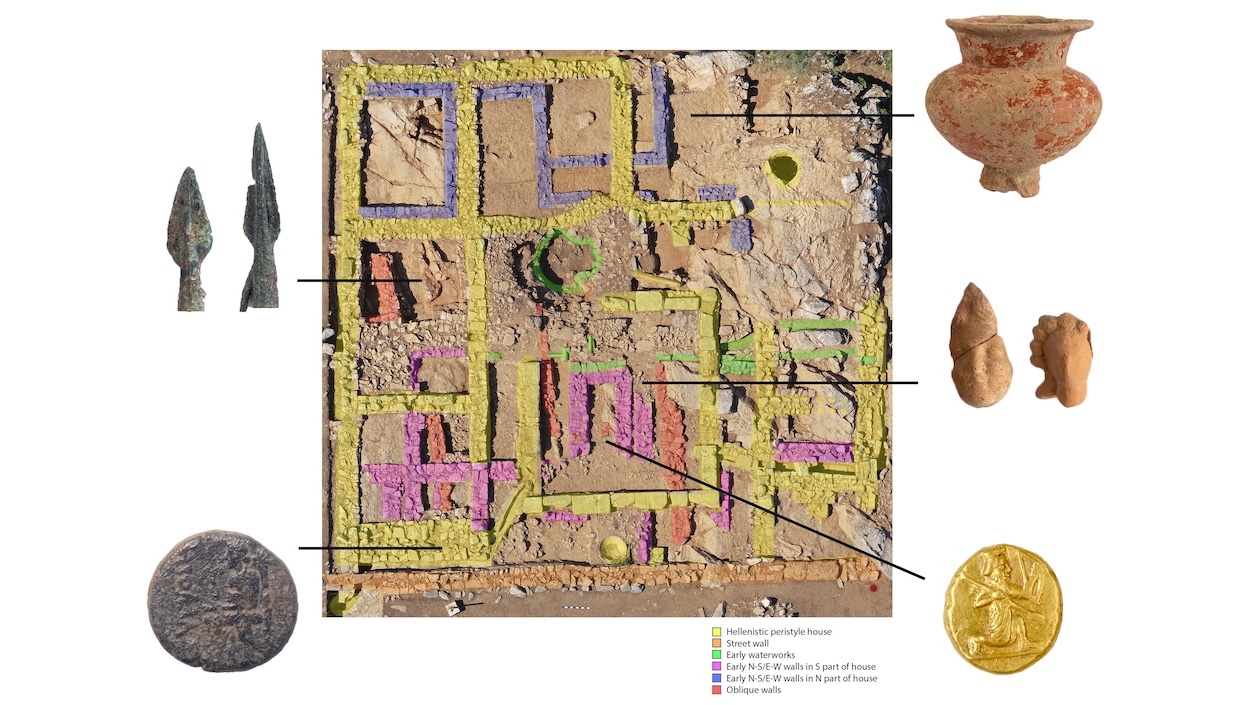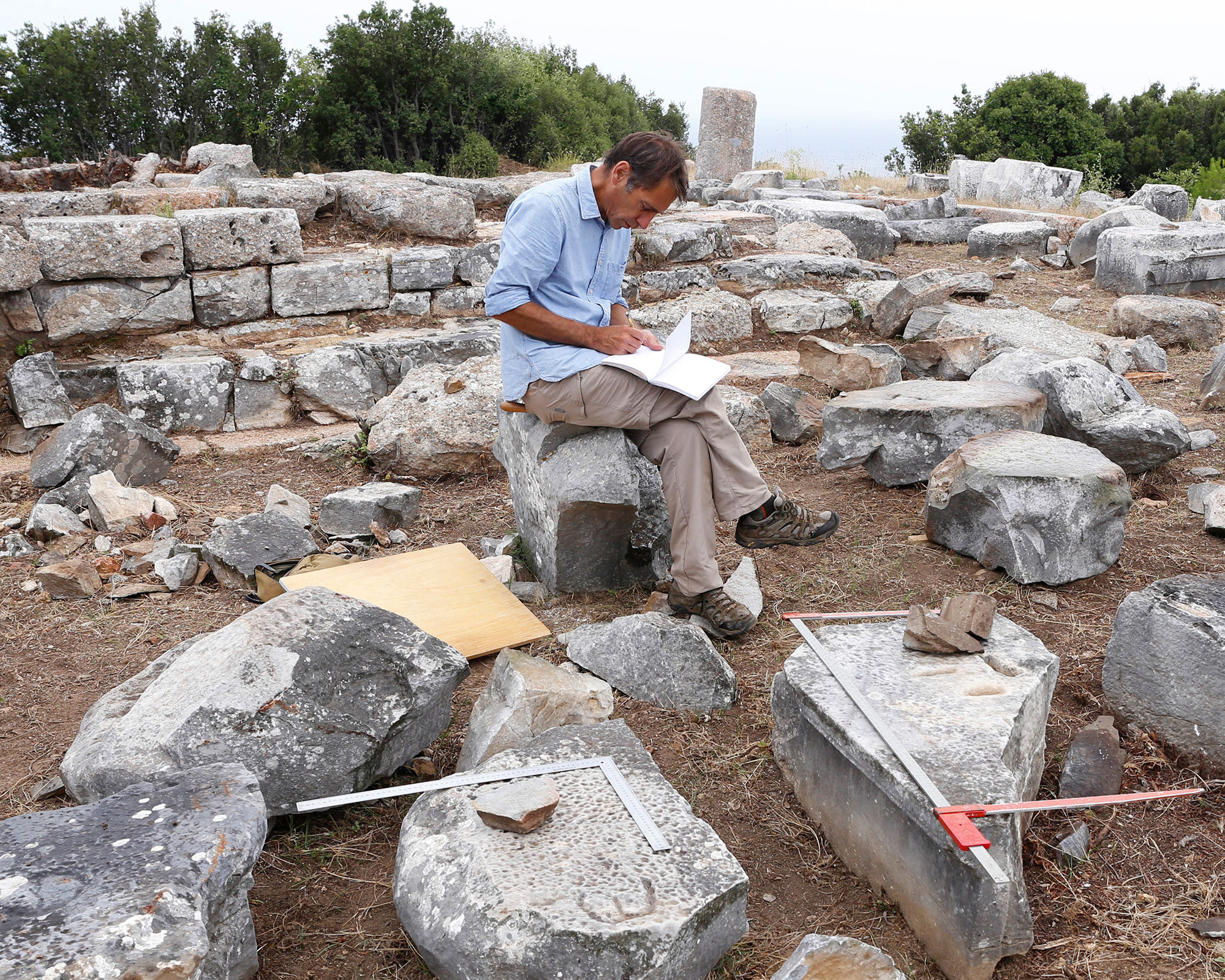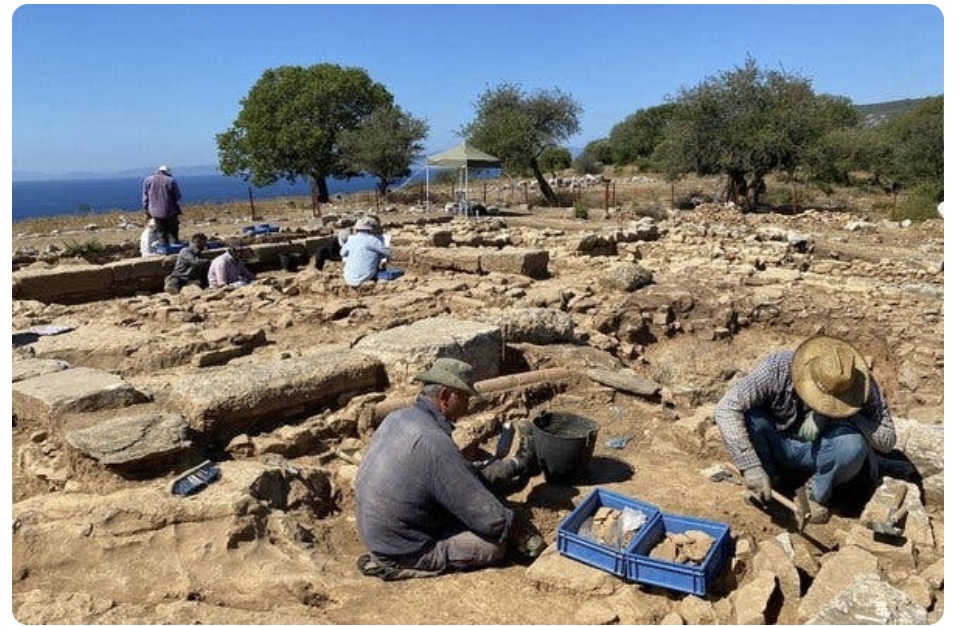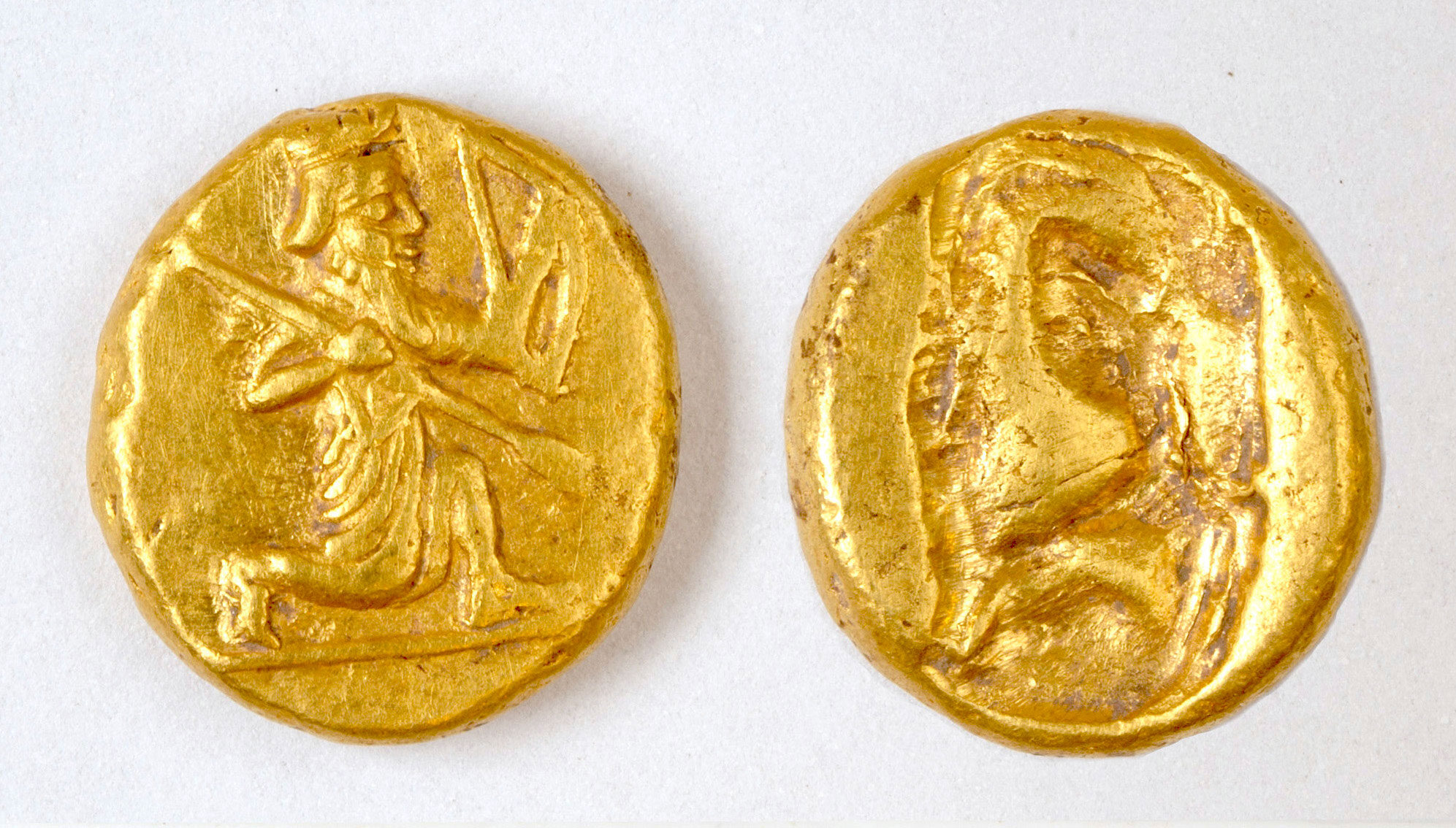Opravdu nenapsali, kolik těch zlaťáků tam bylo nebo jsem slepej?🤷🤔
Pot of 2,500-year-old gold coins discovered in Turkey
Categories: Minting - Numismatics , Treasures , Nálezy nejenom s detektorem kovů ve východní Evropě
In the ancient city-state of Notion in Turkey, a wine vessel filled with gold coins of the "daric" type was discovered. They date from the 5th century BC and were probably minted in Sardis, about 100 km from the site of the discovery. This is the first ever hoard of gold coins in Asia Minor discovered in an archaeological context. It changes the view of the chronology of Persian coins.
The University of Michigan Archaeology Project has been documenting and excavating here since 2014. The most recent excavation revealed remains from the city's pre-Hellenistic rebuilding period. Pottery from the 5th century BC was discovered on the site, as well as parts of an ancient wall that was incorporated into the foundation of a 3rd century BC Hellenistic house. The coin jar lay beneath the courtyard of the house in a corner of the older building that originally stood there.
The daric coins depict a kneeling archer. The reverse bears only the hallmark. According to the Greek historian Xenophon, one daric was equal to a soldier's monthly wages. These coins were primarily used as mercenary soldiers of the Persian Empire. In the mid-sixth century BC, Notion was part of the Persian Empire, along with other Greek cities on the western coast of Turkey. Except for a brief Athenian period, the city-state was under Persian rule until its conquest by Alexander the Great in 334 BC.
The treasure may have been deposited during this turbulent period of changing owners of the city-state. This is the only hoard of Persian gold coins ever discovered in Asia Minor in an archaeological context. It provides experts with a rare opportunity to correct the timeline of Achaemenid gold coinage by analyzing the stratigraphy and absolute dating of the pottery found in the layer containing the coins.
"An archaeological find without contextual information is like a person suffering from amnesia - a person without memories," said Christopher Ratté, UM archaeologist and director of the Notion Archaeological Project. "It's still interesting and important, but the loss of knowledge is incalculable. In the case of this treasure, we know exactly where it was found, and we have a lot of circumstantial evidence about when it was deposited, probably in the late fifth century B.C.," he concluded.
The gold coins are now in the Ephesus Archaeological Museum in Selcuk, Turkey, along with pottery and other objects discovered during excavations in the courtyard.
Roman Nemec
Sources: record.umich.edu, livescience.com
You can see the nearly 2,000 Iron Age metal detector finds in the LH - Iron Age section
 An aerial view of the house and the location of key finds, including a vessel with gold coins and pottery shards
An aerial view of the house and the location of key finds, including a vessel with gold coins and pottery shards
 the ruins of the Athenian temple at Notion
the ruins of the Athenian temple at Notion
 at the excavation site
at the excavation site
 a Persian gold daric coin
a Persian gold daric coin
The article is included in categories:
- Archive of articles > Minting - Numismatics
- Archive of articles > Treasures
- Archive of articles > Archaeology > Finds and rescue research abroad > Nálezy nejenom s detektorem kovů ve východní Evropě
Post
Já bych řekl, že ne, jinak byt to tam Roman měl. Prostě asi záleží na tom, kdo se ptá a po jak dlouhé době. To je u hrnců zlatých mincí taková typická vlastnost. To číslo má určitou vazbu na kvantovou mechaniku, kdy je jistý počet mincí, ale je těžké určitě jejich polohu v čase a prostoru 
Douglas Adams by měl z tvojí úvahy jistě radost 
Ty Máro.....co máš za model??? To musí bejt matroš .....🤣🤣🤣🤣🤣🤣🤣
🤔 Nojo, ale nejni hrnec jako hrnec. Do některých se toho vejde hafo a do některých skoro nic, ale neva, neb fantázia každé hledača -čky vždy myslí, na co největší hrnek pln goldu.
Maj to tam hezké žluťavoučké koláčky 😉🤣🤣🤣
Jo a dík za článek - dobrá motivace vyrazit na další hledačku👍
tak to je krásný objev  škoda že není fotka celého souboru
škoda že není fotka celého souboru 









